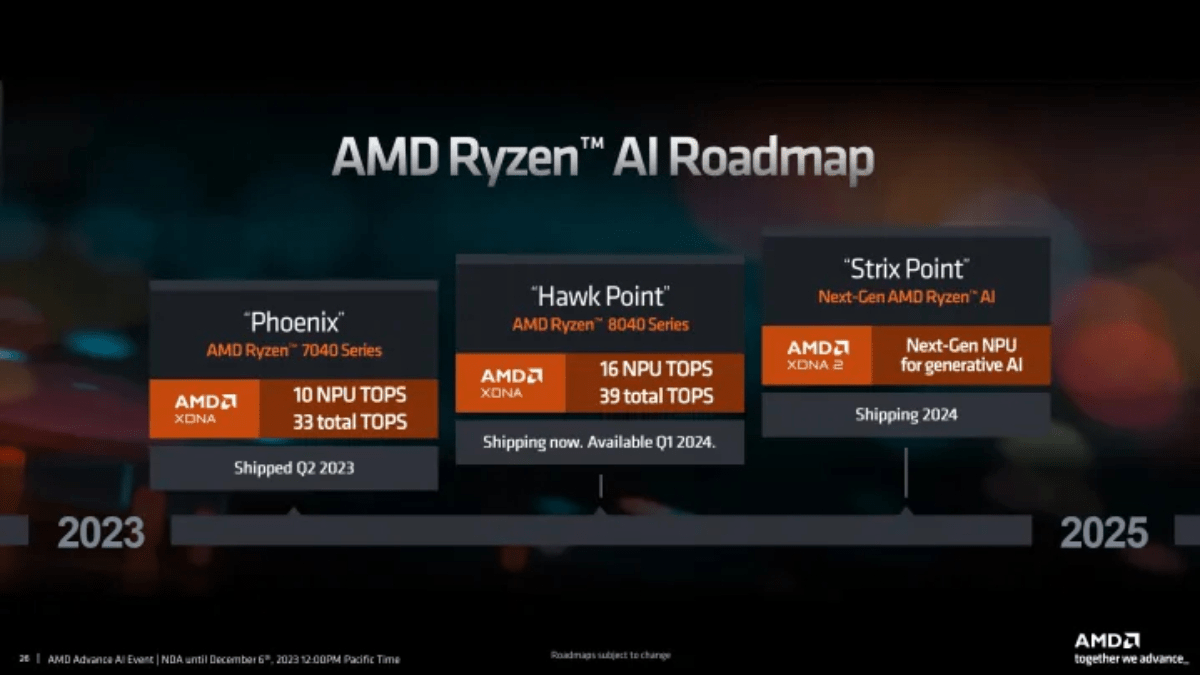Last month at Computex, AMD dropped some exciting news about their Zen 5-based desktop and mobile processors, which are set to launch later this month. But that’s not all — rumors about their next big thing, code-named “Medusa,” have already started to surface. Here’s a rundown of what we know.
Medusa, the successor to Zen 5, is part of the Zen 6 lineup and is expected to be released in late 2025, earlier than some previously thought 2026. According to YouTuber Moore’s Law Is Dead, AMD aims to finalize the Zen 6 architecture by Q2 2025, with production kicking off later that year. Medusa will target both laptops and desktop platforms.
Both Strix Halo and Medusa Halo, based on Zen 5 and Zen 6 architectures respectively, are expected to use TSMC’s N3E (enhanced 3nm process). This should mean impressive performance and efficiency improvements.
Product Naming Conventions
AMD’s naming system includes:
- “Ridge” for desktop products
- “Point” for mobile parts
- “Halo” for extreme mobile variants
Under the Zen 5 architecture, Granite Ridge is for desktops and Strix Point for mobile devices. Strix Halo, although not officially announced yet, is anticipated to use TSMC’s 3nm process despite some production challenges.
Initially, AMD planned to use the 3nm node for both Strix Point and Strix Halo. However, delays and issues with chiplets at TSMC meant sticking with 4nm for Strix Point. Strix Halo, however, is expected to launch later this year with a 3nm design, positioning itself against Intel’s Lunar Lake, which will feature an improved neural processing unit (NPU).
New laptops featuring AMD’s Ryzen 300 AI Strix Point processors are anticipated to start shipping later this month from major OEMs. On the desktop side, Ryzen 9000 parts are expected to hit shelves soon, with a leaked starting price of $310.
Given Moore’s Law Is Dead’s solid track record with leaks, these rumors are worth paying attention to, though it’s always good to keep a bit of skepticism until official announcements are made.


